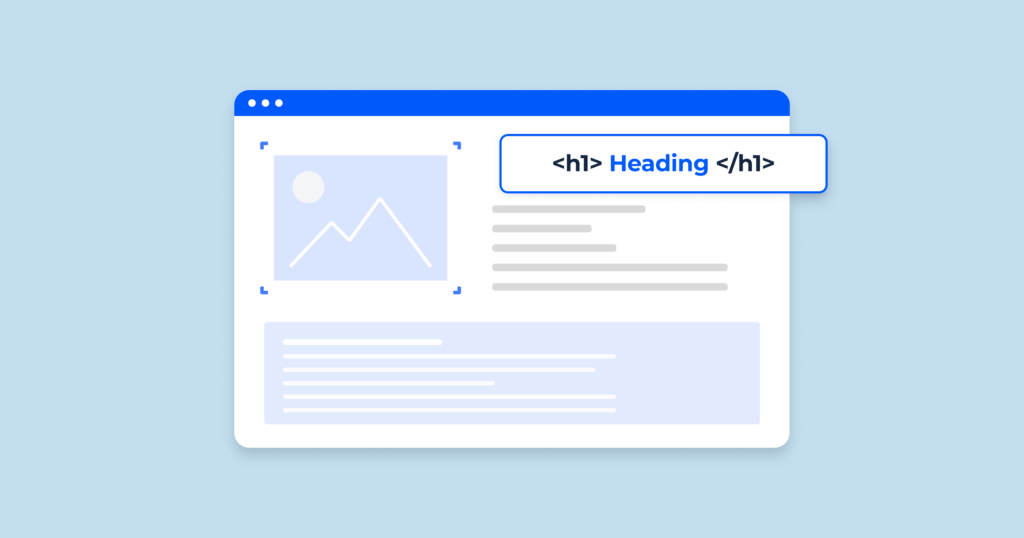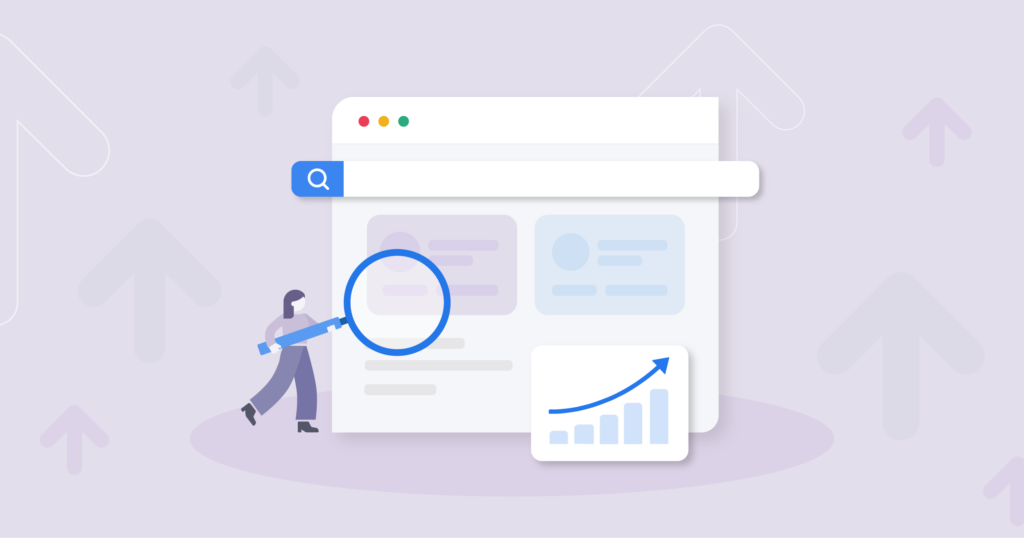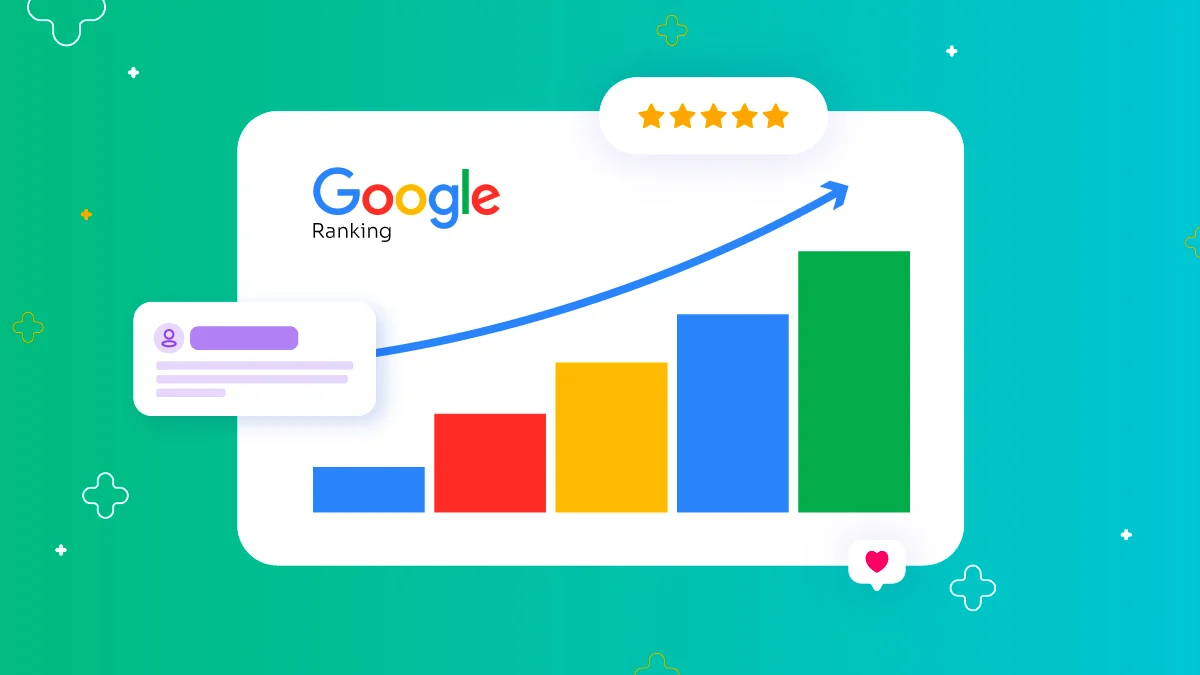In the competitive online world, having a blog isn’t enough—you need your blog to be easily discoverable on search engines like Google. Search Engine Optimization (SEO) can seem overwhelming, but with a few strategic steps, you can make your blog posts more visible, engaging, and rank higher in search results. Whether you’re focusing on local SEO, using tools like Rank Math, or optimizing for rapid indexing, these tips are designed to help you understand and apply SEO effectively. Let’s dive into the essentials of optimizing your blog for better search engine performance!
1. Crafting Effective Blog Post Headings for Better SEO
Headings are more than just bold text that divides sections; they serve a functional role in SEO by helping search engines understand the content structure. Here’s how to optimize your headings:

- Use Clear and Descriptive Headings: Each heading should summarize the content of that section. For instance, a heading like “Optimizing Headings for SEO” is more useful than a vague “SEO Tips.”
- Incorporate Primary Keywords Naturally: Keywords like “blog post SEO” and “check SEO ranking” should fit seamlessly within headings (H2 or H3 tags). This not only improves SEO but also gives readers a clear sense of what to expect.
- Structure for Readability: Use a hierarchy with H1, H2, and H3 tags to organize your content logically. Well-structured content is easier to read and understand, making it more engaging for users and appealing to search engines.
2. Pre-Posting SEO Checklist: Set Your Blog Post Up for Success
Before publishing a blog post, there are essential SEO steps to take to ensure it’s optimized for search engines:

- Conduct Keyword Research and Placement: Begin with keyword research to identify both primary and secondary keywords like “local SEO ranking factors” and “SEO Los Angeles rank.” Distribute these keywords naturally throughout the content, aiming for a keyword density of 2-3%.
- Write a Compelling Meta Description: The meta description should be concise (under 160 characters) and include relevant keywords. It’s often the first thing users see on search results, so make it informative and enticing.
- Choose a Short, Keyword-Rich Slug: Keep the URL slug (the part of the URL that comes after your domain name) short and include your main keyword. For example, use “seo-tips-boost-rankings” instead of “essential-tips-for-better-seo-ranking.”
- Check SEO Scores with Rank Math or Yoast: SEO tools like Rank Math or Yoast provide scores and recommendations to ensure your blog meets SEO standards before publishing. These tools analyze factors like keyword density, readability, and meta information.
3. Rapid URL Indexing for Faster SEO Results
For your blog post to appear in search results, it must first be indexed by search engines like Google. Rapid indexing can boost your SEO efforts significantly by getting your content visible faster:
- Submit Your Blog URL to Google Search Console: Once you publish a post, go to Google Search Console and paste the URL into the URL Inspection Tool. Request indexing to fast-track your content’s visibility.
- Use Rapid URL Indexer Tools for Speed: Some SEO agencies or local SEO services, especially in cities like Los Angeles, rely on rapid indexing tools. These tools help accelerate the process of indexing your content.
- Link New Posts in Older Content: Another way to help Google notice your latest content is by linking to it from older, high-traffic posts. This internal linking method not only assists with indexing but also encourages readers to explore more of your content.
4. Local SEO Strategies for Targeting a Specific Audience
If you’re aiming to reach a local audience—say, users in a specific city—local SEO can play a key role in your strategy. Here’s how to optimize for local SEO:

- Use Location-Specific Keywords: Sprinkle phrases like “local SEO ranking factors” and “SEO Los Angeles rank” in the content if your blog post targets a particular area or service region. Use these keywords naturally to avoid keyword stuffing.
- Optimize Your Google My Business Profile: Local businesses must have an updated Google My Business profile. Fill in accurate contact details, hours, and address. This improves your chances of appearing in local search results and Google Maps.
- Link to Local Directories and Relevant Websites: Including links to local directories or well-known sites in your industry boosts your credibility. For example, link to regional SEO agencies or nearby businesses to create a more locally relevant blog post.
5. Consistently Track and Update Your SEO Rankings
SEO is an ongoing process, and keeping up with your blog’s performance can help you stay competitive in search rankings. Make it a habit to:

- Track Rankings with SEO Tools: Use tools like Ahrefs, SEMrush, or Google Analytics to track your blog’s SEO performance. These tools provide insights into which keywords are ranking, how much traffic you’re getting, and where you can improve.
- Update Older Content Regularly: Google loves fresh content. Reviewing and updating older posts with new information, additional insights, or updated statistics keeps your content relevant. You can also add links to newer articles.
- Fix Broken Links: Broken links negatively impact both SEO and user experience. Use tools to identify and fix any broken links on your site to maintain a smooth, user-friendly experience.
6. Leverage Rank Math SEO for Advanced Optimization
Rank Math is an excellent tool for bloggers looking to improve their SEO through advanced settings. Here’s how to get the most out of it:
- Adjust Locale Settings for Targeted SEO: If your audience speaks a different language or is located in a specific region, adjust the locale settings in Rank Math to improve targeting accuracy.
- Keyword Analysis and Suggestions: Rank Math’s keyword analysis feature helps you ensure optimal keyword placement without overusing any term. It also provides suggestions for related keywords, which improves content relevance.
- Implement Schema Markup: Schema markup tells search engines what your content is about, giving it more context. Rank Math makes it easy to add schema to your posts, which can help improve your content’s visibility in search engine results.
7. Keep Your Content Engaging and Relatable
While SEO tactics improve visibility, the quality and engagement level of your content are what retain readers. Here’s how to make your blog more enjoyable:

- Write in a Friendly, Conversational Tone: Imagine you’re explaining SEO to an 8th grader—use simple language and avoid unnecessary jargon. This makes your content easy to read and accessible to a broader audience.
- Incorporate Stories and Real-Life Examples: Adding anecdotes or personal stories makes your content more relatable. Readers are more likely to remember a lesson if it’s tied to a story or real-world example.
- Use Formatting for Readability: Short paragraphs, bullet points, and subheadings make your content easier to skim. Clear formatting not only helps readers but also increases the time they spend on your page—a positive factor for SEO.
8. Regularly Publish New Content on Platforms like Baboon-Project.org
Consistency is key in maintaining a strong online presence. If you’re posting on a platform like Baboon-Project.org, here’s how to make the most of it:

- Keep a Steady Publishing Schedule: Aim to publish at least one new post a month, covering trending SEO topics or insights. Regular updates keep readers engaged and improve your blog’s authority.
- Interlink Your Blog Posts: Interlinking new posts with existing ones helps both users and search engines navigate your content. It’s an excellent way to increase page views and build an interconnected content ecosystem.
- Engage with Your Audience: Actively respond to comments, engage on social media, and encourage readers to share your content. Interaction not only boosts visibility but also signals to search engines that your content is valuable.
Conclusion:
Improving your blog’s SEO doesn’t have to be complicated. By implementing these essential strategies, you’ll be well on your way to increasing your blog’s visibility and attracting more readers. Remember, SEO is a marathon, not a sprint—stay consistent, update your content regularly, and keep learning as SEO trends evolve. With these steps, you’ll create content that’s easy for readers to enjoy and optimized for search engines to rank with Hire VA.




